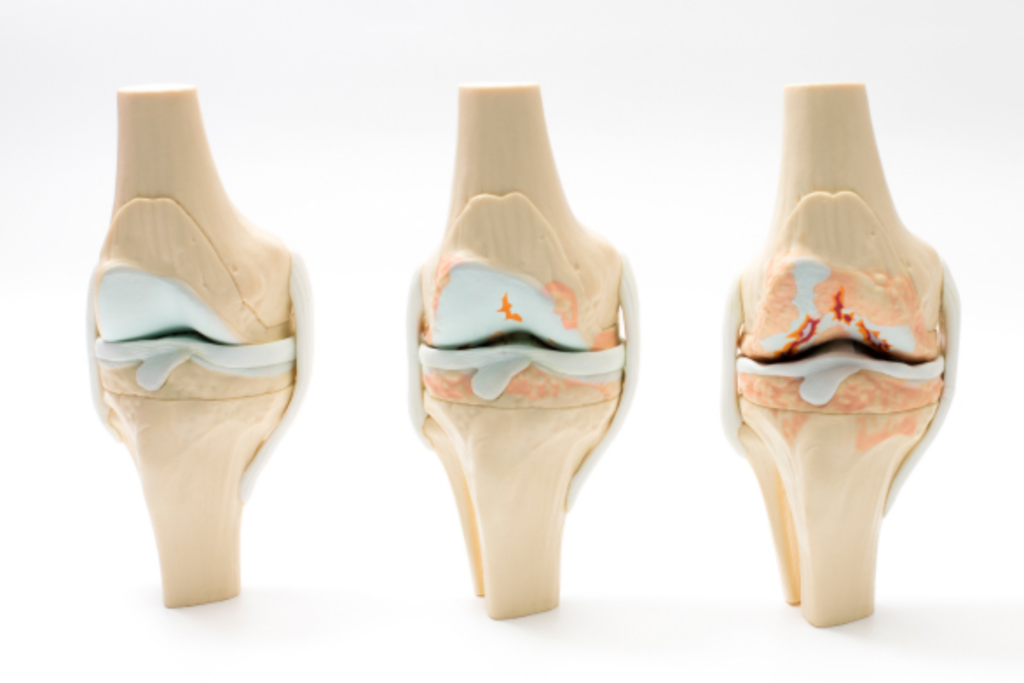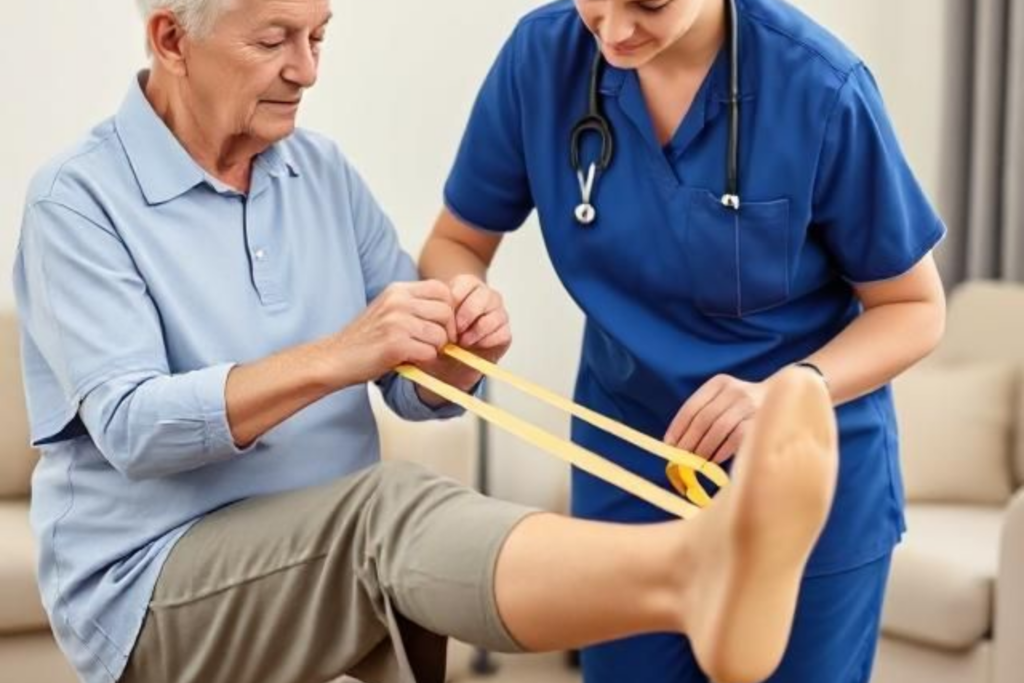Ligaments are fibrous tissue bands that connect bones and stabilize joints. A multi-ligament knee injury involves injury to two or more ligaments of the knee.
The knee joint has four major ligaments – the anterior cruciate ligament, posterior cruciate ligament, lateral collateral ligament, and medial collateral ligament. A multi-ligament knee injury involves injury to two or more ligaments of the knee. These injuries are usually high energy in nature such as motor vehicle accidents, severe fall from height, or during sports such as skiing and football.

Multi ligament knee injury requires reconstruction surgery to rebuild the damaged tissues and prevent problems associated with an unstable knee such as premature osteoarthritis.Patients with multi-ligament knee injuries may experience pain, swelling, limited range of motion, injuries to nerves and arteries of the leg, as well as knee instability.
The main problem in diagnosing patients with multiple ligament tears is to accurately detect which ligaments are torn, and the extent of the tears.The diagnosis starts with a comprehensive clinical evaluation by an Orthopedic surgeon.The main imaging techniques which are employed for the diagnosis are knee X-rays and MRI scan of the joint.In addition, functional testing can be performed during an arthroscopic examination, before the surgical reconstruction, to help confirm the results of the diagnosis. This testing includes tests such as “gap test” which measures the space between the femur and tibia.Contraindications for reconstructive knee surgery include previous knee joint infection, reflex sympathetic dystrophy, complex regional pain syndrome, and morbid obesity.
- The surgery is performed with the patient under general anesthesia. Multiligament knee reconstruction is usually performed arthroscopically through tiny incisions with the use of an arthroscope and small surgical instruments. This minimally invasive approach results in faster recovery and smaller incisions.
- During Multiligament Knee Reconstruction surgery, ligaments that are avulsed (pulled from the bone) are reattached to the bone using special sutures. When a ligament is ruptured it may be reconstructed using a graft taken from the patient (autograft) or donor tissue (allograft).
- Your surgeon will create a tunnel in the thigh and tibia bone using a small drill. Your surgeon then inserts the grafts into the tunnel to replace the torn ligaments.
- After the grafts are placed, fixation devices are used to secure the grafts and hold the ligament in place until healing occurs.
What people are saying about our services and treatments
Read what our patients have to say. Thank you for your trust and support!
Blogs
Contact Us
Find frequently asked questions and
important information about us
How to book an appointment?
Call our clinic at +91 9156580303. Make an appointment time that works for you. Come prepared and bring with you important documents. Come early to your appointment.
What is waiting period for general checkup?
In normal days there is no such waiting period for general checkups. If there are some operations so that there are waiting period of maximum 30 minutes and for emergency there are no waiting period.
Is there any online appointment form?
No, there is no need to fill out any kind of online appointment form. But, you can book an online appointment through platforms like our website, practo or you can directly call us.




